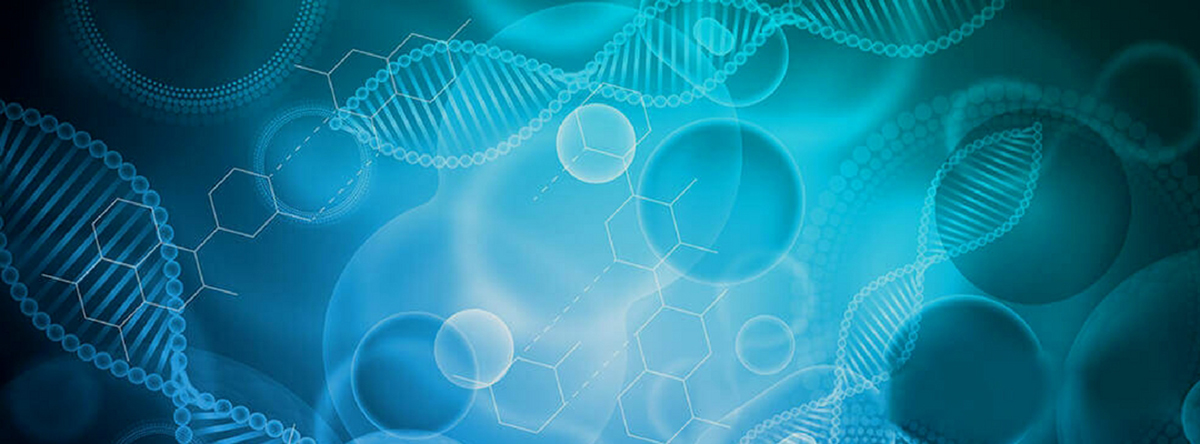
Preimplantation Genetic Diagnosis (PGD)
As a definition, the preimplantation genetic diagnosis (PGT) is the name of a technique that is developed with the aim of preventing pregnancy situations which will be affected by the genetic failure or chromosome abnormalities. There are different types of PGD which are applied according to the needs of couples
Today, it is possible to divide the patients on whom the Preimplantation Genetic Diagnosis into two different groups:
1st Group:
a) Those who have had an abortion for three times or more (repeating abortions),
b) Couples who have had tube baby trial without pregnancy for three times or more (repeating implantation failure),
c) Those who have had a genetic failure in the examination made in the previous abortion or stillbirth,
d) Expectant mother of 37th age or more (In this situation, the risk of having a child with genetic failure increases because of the old age),
e) Those who have chromosome disorder or genetic disease with the severe men’s infertility,
f) Situation in which pregnancy cannot be provided because of a genetic problem in either of the couples (numeral or structural failures in chromosomes may cause this).
2nd Group:
g) Couples who are carrier of a genetic disease (Single Gene Disease),
h) Couples who have children with a genetic disease,
i) Couples who have parents or other relatives with a genetic disease depending on the single gene disorder,
j) Couples who want a healthy baby whose tissues are suitable for its sick sibling (HLA Tissue Typing in Embryos).
What is PGD?
PGD is a genetic method which helps understand genetic disorders before the implantation. In this technique, oocyte (egg) growing, fertilization and implantation are controlled and only normal embryos are transferred into the womb. Thus, pregnancy is controlled at the beginning for couples who have a high risk of having a child with a genetic disease.
PGD is the examination of embryos obtained with the egg hyperstimulation (stimulation of egg production) and IVF (in vitro fertilization, tube baby) with genetic methods. For this reason, families who want PGD to be applied are taken into a tube baby treatment firstly. Especially selection of the embryos of which chromosome quantity is normal with the help of PGD before the transfer increases the fertility of tube baby application. Because one of the main reasons of the negative results in the application is abortions depending on the chromosome anomaly.
For this reason, PGD, which is mostly applied for chromosomal diseases, has become compulsory because of chromosome anomaly in high rates like 43.1% in the oocyte (eggs) of especially the tube baby patients of old age.
Although it is considered for couples who carry high risk in terms of genetic disorders, more than half of the PGD processes are applied for age-related chromosome anomalies. Thus, application area of PGD develops every day.
While most of the centers use the FISH (Fluorescence in situ Hybridization) technique to examine the chromosome numeral anomalies, some of them apply single cell genetic analysis with the PCR (Polymerase Chain Reaction) method for analysis of single gene disorders.
Whom is PGD applied?
Expectant mothers of 36th age or more
2. Couples who could not get pregnant despite tube baby applications for two times or more
3. Couples who have had repeating pregnancy losses (abortions) (except because of translocation carry)
4. Couples who are carriers of balanced translocation
5. Individuals who carry risk in terms of some single gene diseases such as Mediterranean Anemia (Thalassemia), Sickle Cell Anemia, Cystic Fibrosis,Sma in their families.
6. Selection of the embryo that is HLA suitable with the family individuals (Stemcell Giver Sibling)
7. Couples who have a child with a genetic disease from their previous pregnancy
8. Mothers who have a pregnancy story with Aneuploidy (who have chromosom disorder)
9. Cases of gonadal mozaism (the situation that genetic test results of the couples are normal despite the birth product that has two or more same abnormalities)
10. In terms of inherited diseases related to the X chromosome, if the direct genetic diagnosis of the disease cannot be made, then embryonal sex determination
PGD Advantages
Due to PGD, the pregnancy chance of couples who are accepted to Tube Baby program because of a genetic disorders causing infertility is increased and getting pregnant repeatingly is prevented in order to enable expectant mother to have a healthy child in couples who are old in age or have Single Gene Disease in the family. On the other hand, when Single Gene disease is in question, there occurs the risk of pregnancy termination if any disease is detected with the baby in the advanced term of the pregnancy that is provided in normal way. Termination of an advanced pregnancy constitutes a religious and ethical obstacle for many families and more importantly, it may create medical risks for the expectant mother and cause long term psychological traumas. PGD eliminates all these risks and provides a healthy, peaceful and safe pregnancy for expectant mothers.
PGD is the process of examining the embryos or oocytes (eggs) obtained with ICSI (Intrastoplasmic Sperm Injection), tube baby, genetically. Before this process, it is necessary to evaluate whether the couple is appropriate for the PGD or not. The first evaluation is made by a genetic expert. Genetic expert enables that the disease is confirmed with genetic research by making that couple give blood and preliminary preparations for PGD are started. Then the couple, whose reproduction health is evaluated by a gynecologist and urologist, is included in the tube baby program with PGD.
